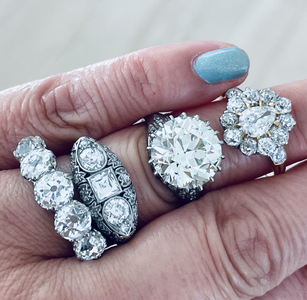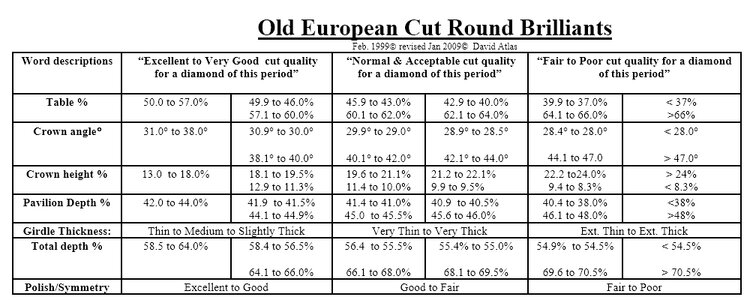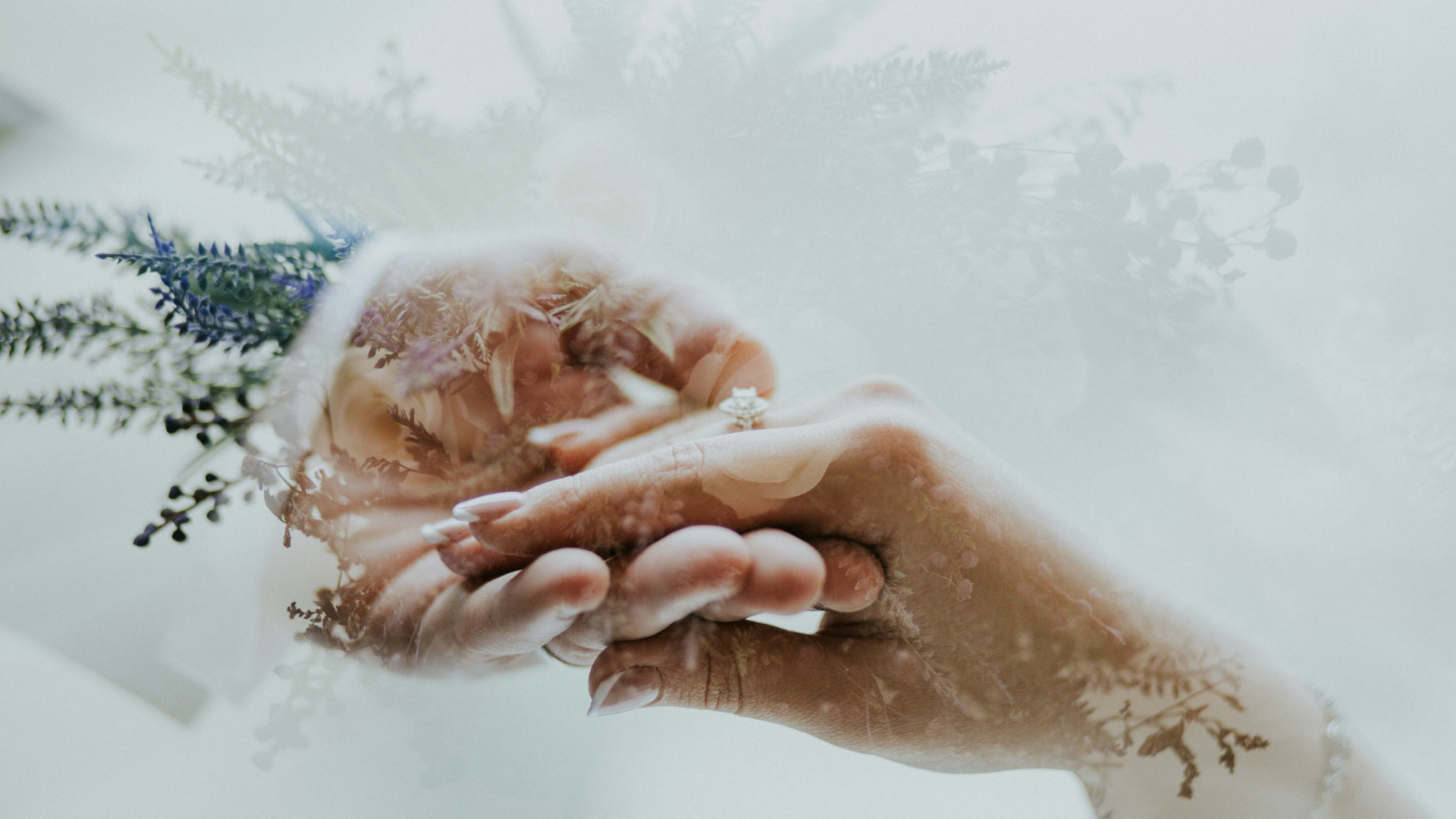lulu_ma
Ideal_Rock
- Joined
- Sep 9, 2020
- Messages
- 4,989
I'm riffing off a convo that I started with Garry on the 'Face-Up Color' thread.
I've been studying/shopping old cut diamonds for a few years now. I do not believe that a standardized "best cut" exists for any antique stone shape.
The charm of antique stones for me lies in the wonk. I do look to maximize what I'll call "rainbow fire." I guess brilliance is less of a concern for me?
As the old cut OGs have said before, antique diamonds have to be judged with your eyes. I do take things like depth and table size into consideration, but there's too much variation to say that a certain table size would always pair well with a certain depth percentage. For instance, my 7 ct OEC is outside of the acceptable "very-good to excellent cut" cut grade according to David Atlas' Screening Chart (49% table/ 66.7% depth), but she's pleasing to my eyes.
I think it's impossible to come up with a "best cut" standard unless I wanted an antique-inspired stone like an AVR.
Curious to hear your thoughts @Garry H (Cut Nut).
Here's a picture that exemplifies the cut variation that I am talking about:

I've been studying/shopping old cut diamonds for a few years now. I do not believe that a standardized "best cut" exists for any antique stone shape.
The charm of antique stones for me lies in the wonk. I do look to maximize what I'll call "rainbow fire." I guess brilliance is less of a concern for me?
As the old cut OGs have said before, antique diamonds have to be judged with your eyes. I do take things like depth and table size into consideration, but there's too much variation to say that a certain table size would always pair well with a certain depth percentage. For instance, my 7 ct OEC is outside of the acceptable "very-good to excellent cut" cut grade according to David Atlas' Screening Chart (49% table/ 66.7% depth), but she's pleasing to my eyes.
I think it's impossible to come up with a "best cut" standard unless I wanted an antique-inspired stone like an AVR.
Curious to hear your thoughts @Garry H (Cut Nut).
Here's a picture that exemplifies the cut variation that I am talking about:









300x240.png)